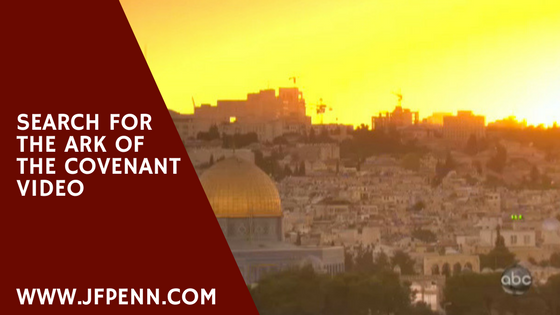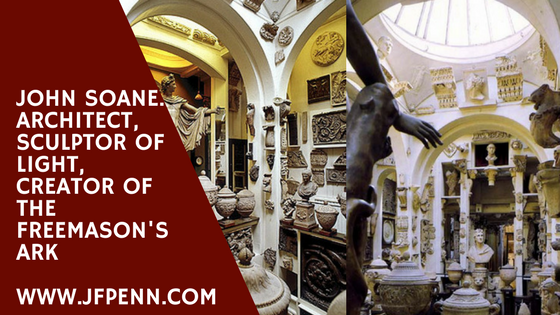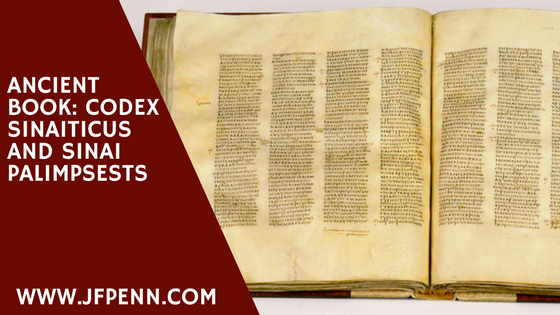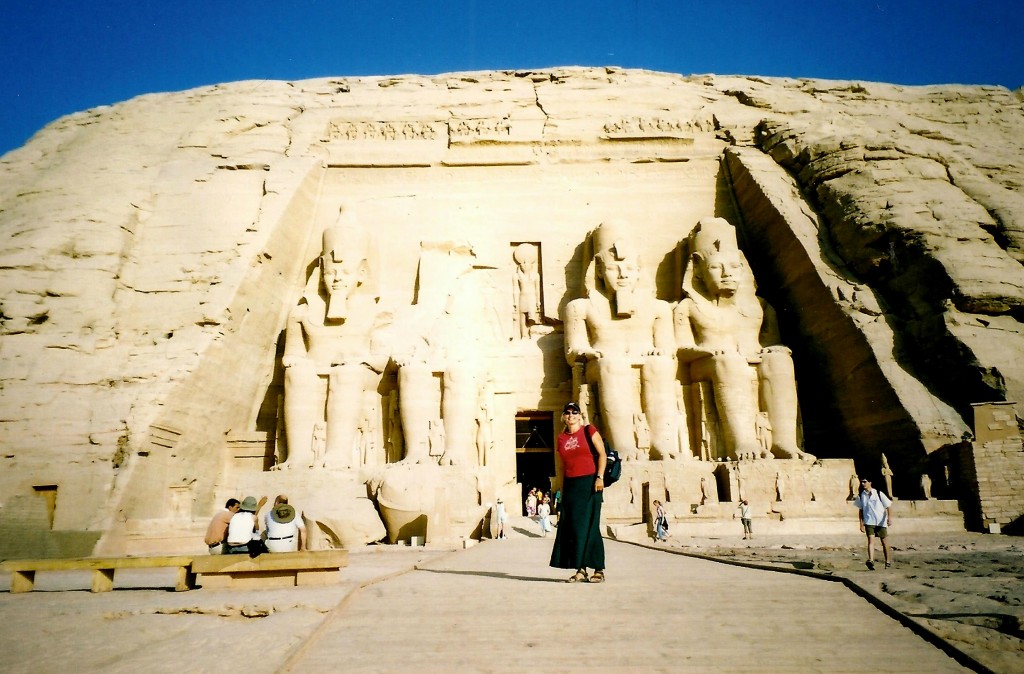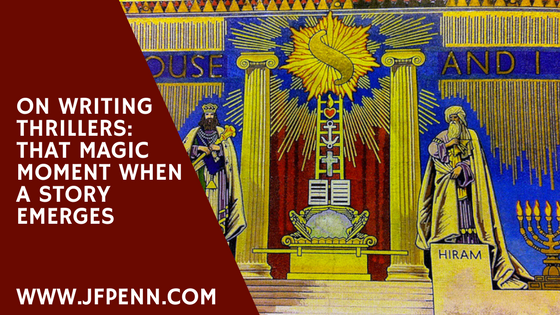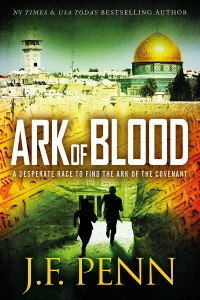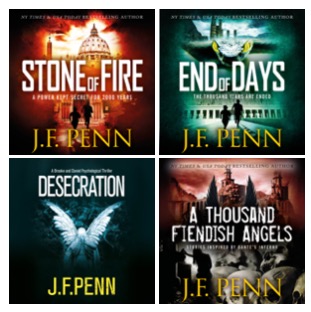I recently visited Death: A Self-Portrait, an amazing exhibition at the Wellcome Collection in London.
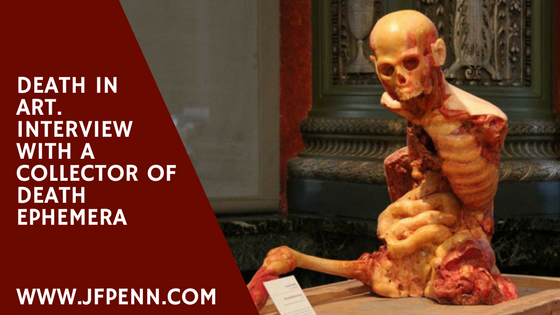
I find myself increasingly fascinating with the duality between the death of the body and the mind, a theme I will be exploring within the bounds of essentially a crime novel.
The sculpture left is ‘Are you still mad at me?' by John Isaacs (2001), a gory representation of a body that has been hacked apart, presumably in a brutal murder. There is a visceral reaction to looking inside human flesh, and the sculpture is made more real by the foot, still covered in skin.
In the video below, the collector Richard Harris explains his fascination and you get to see some of the art exhibits that focus around death.
I agree with Richard that you can essentially be a happy person but still be interested in death. Certainly, people question my own fascination with the morbid, but I feel it is an essential part of life and I can't help but write about it.
Dying is a part of living, and I want to explore some of these areas that others shy away from. It's also my own curiosity, for however much we study and explore, we can't experience it ourselves until the end. These artworks fascinate because they make us think more deeply about an inevitable future, and help us to live more in the present.
